Typically, products and services arrive to us fully formed: they are ready to use right out of the box. In fact the concept of having to assemble something (IKEA furniture, my daughter’s bike, etc.) has long been the mark of low-quality/low-cost products (hey, she’s 5; does she need a fancy bike?) However, in recent years starting in the Housewares and Furniture categories, a trend has risen that seeks to bring the user into the product’s lifecycle. By drawing from inspiration such as plastic model trees, tear-out cards, and do-it-yourself hardware, having the user participate in the product’s creation creates an immediate emotional attachment: an investment in time, energy, and thought. Many examples even bring the subtle delight of destruction into the process as users are invited to break the product open, tear pieces off, or pop air-filled bubbles. While many of these products are dubiously useful in their final forms (Issey Miyake’s A-POC clothing comes to mind), the true delight is in the creative act itself: the journey is more important than the destination. The aesthetic of Participatory Design is very specific: the means by which the user is to join the process is clearly delineated. Tear-away sections are noticeably perforated, fold-out sections are graphically marked or color-coded, extra tools are visibly included with the product. Like coloring books, these products provide a limited creative experience for which staying within the lines is rewarded. This trend has so far been limited to a few design categories (Furniture, Housewares, some Fashion)…anyone game for trying this on Consumer Electronics, Architecture, or Automotive? A driver’s side window opened by means of an included sledgehammer would be spectacular…

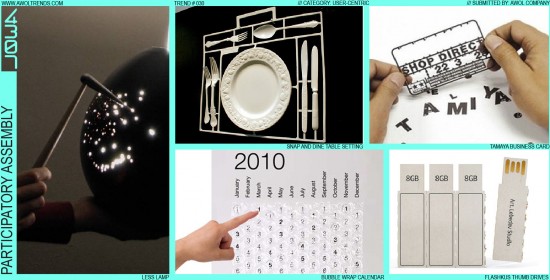
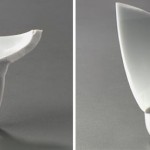

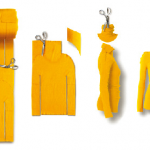
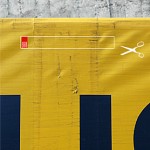
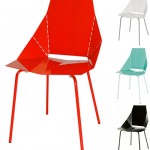
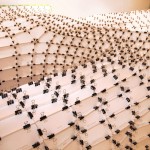
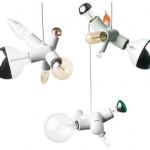
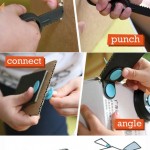
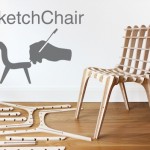
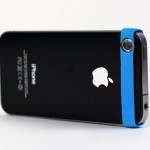

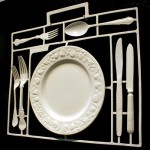
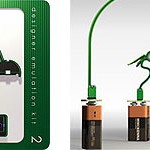
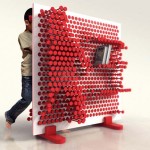
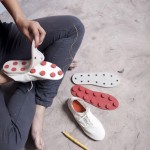
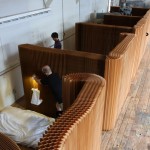

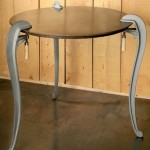
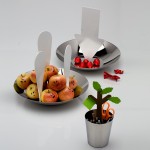
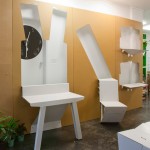
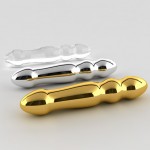

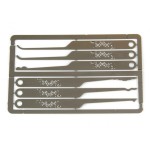
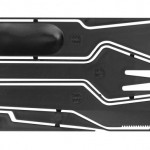
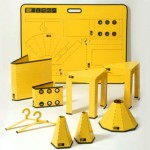
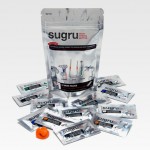


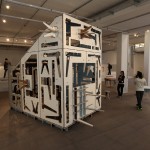




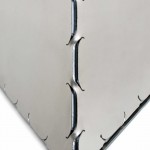
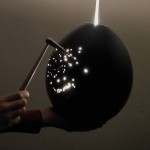


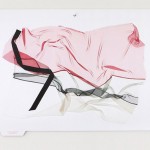
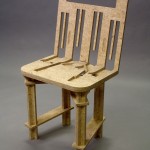
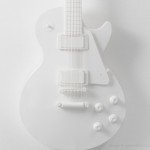
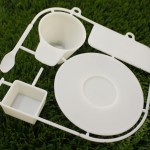
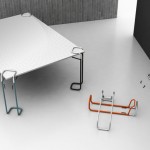
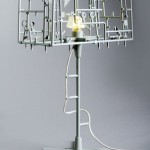
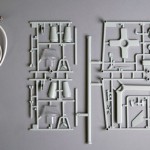
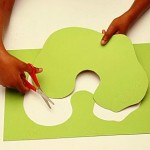

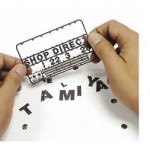
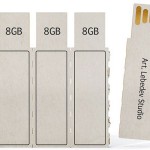
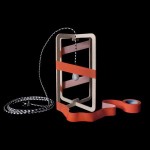
All thanks to Ole Kirk Christiansen and his 1949 introduction of “Automatic Binding Bricks”. What young designer was not inspired by the creative process of constructing, deconstructing, and then reimagining a new creation in LEGO.
Participatory: “In Case of Fire Break Glass”